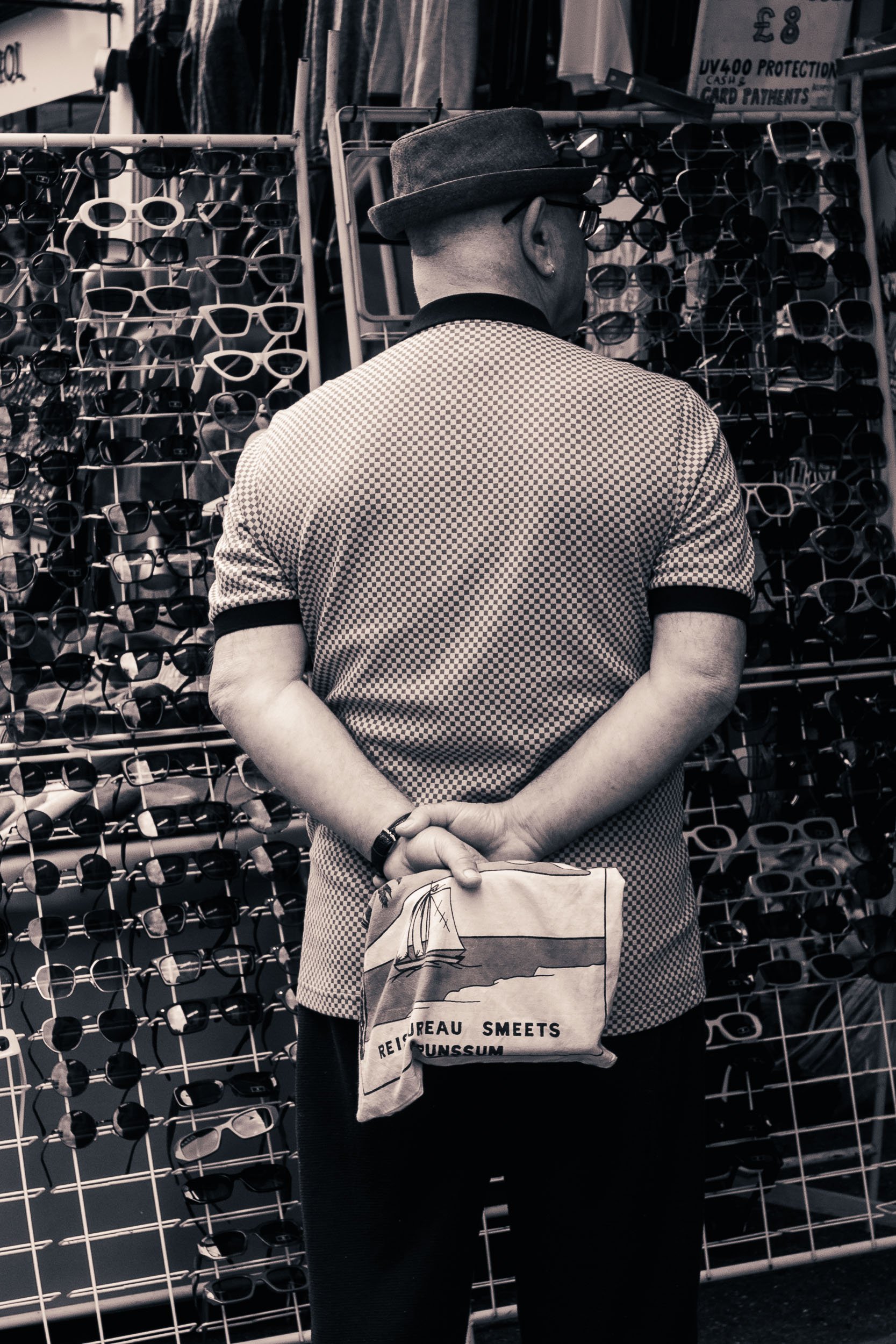
The Secret to Capturing Candid Portraits on the Streets
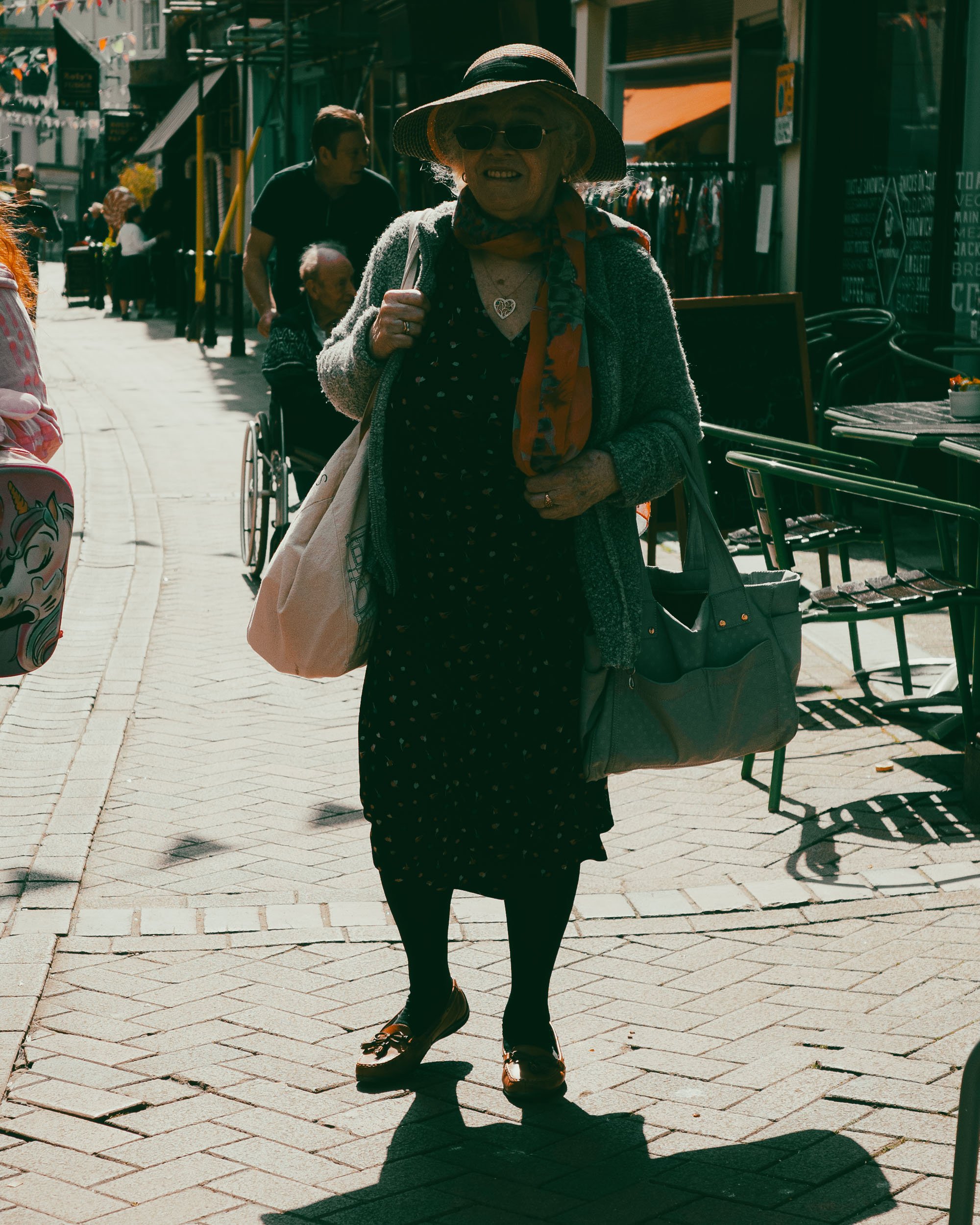
Mastering Aperture for Street Photography
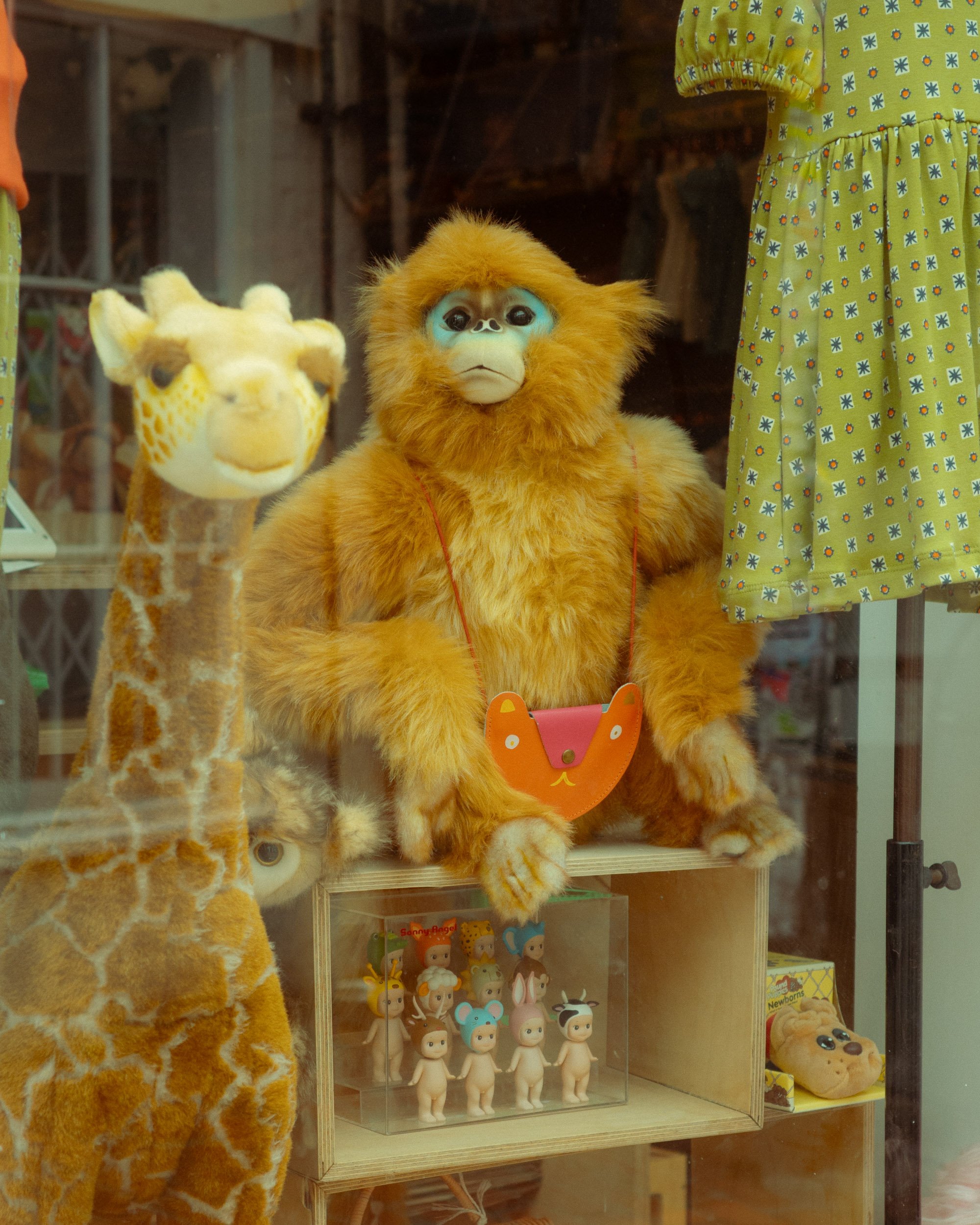
How To Capture The Essence of Storytelling in Street Photography
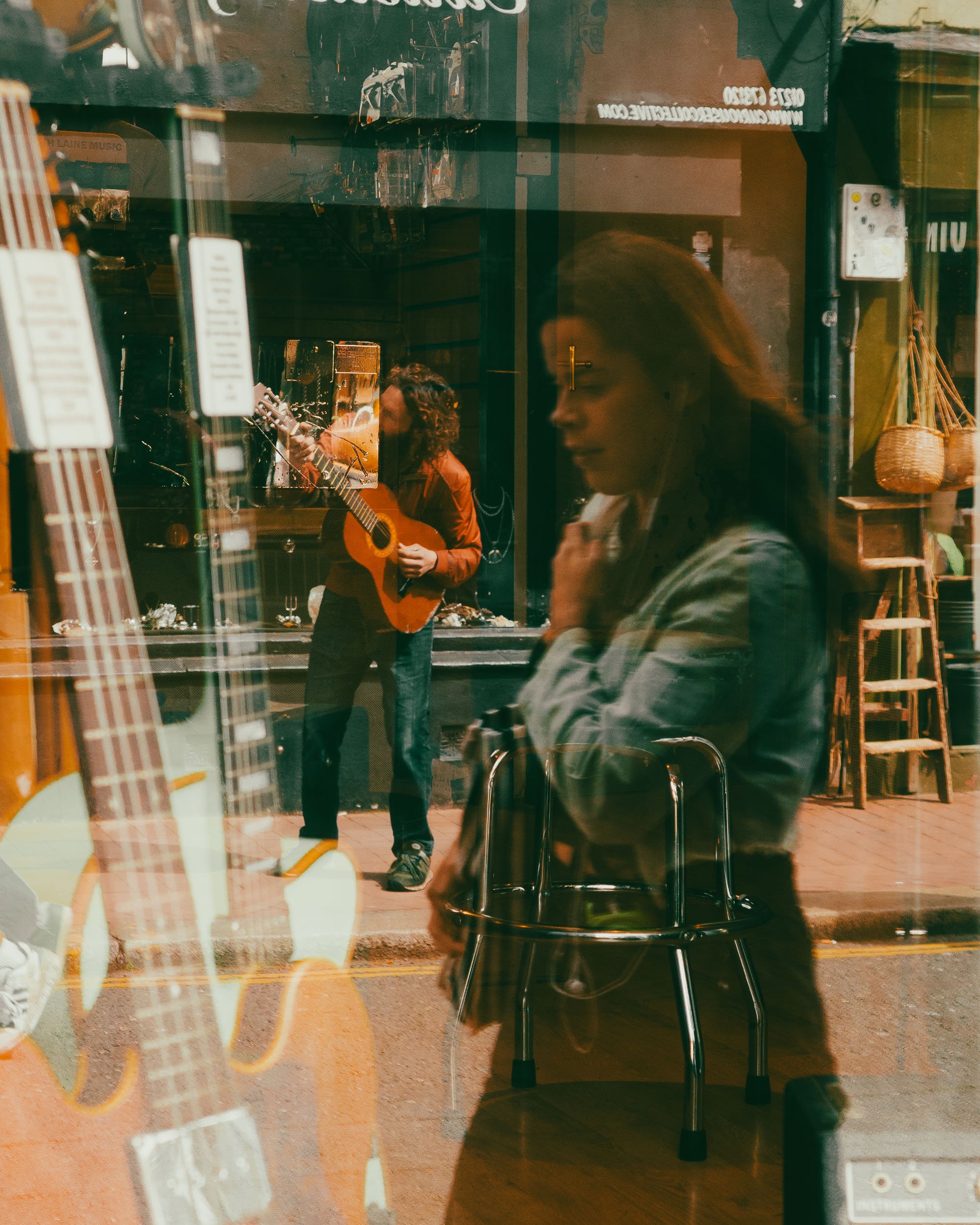
Elevate Your Street Photography: Unconventional Composition Techniques to Stand Out
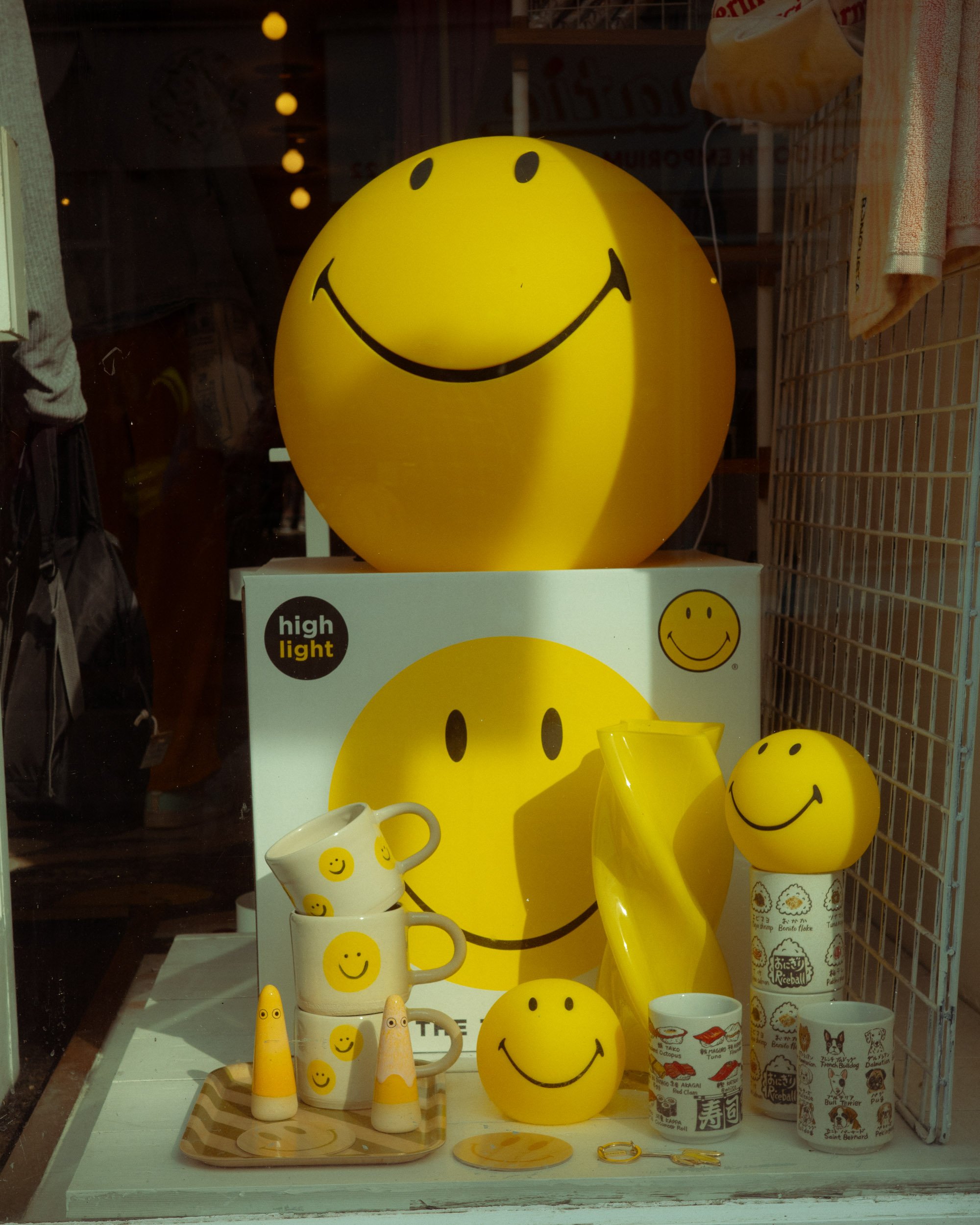
Mastering Daytime Street Photography: The Best Settings to Get You Started

Elevating Your Street Photography through Thematic Projects

The Power of Leading Lines in Elevating Your Street Photography
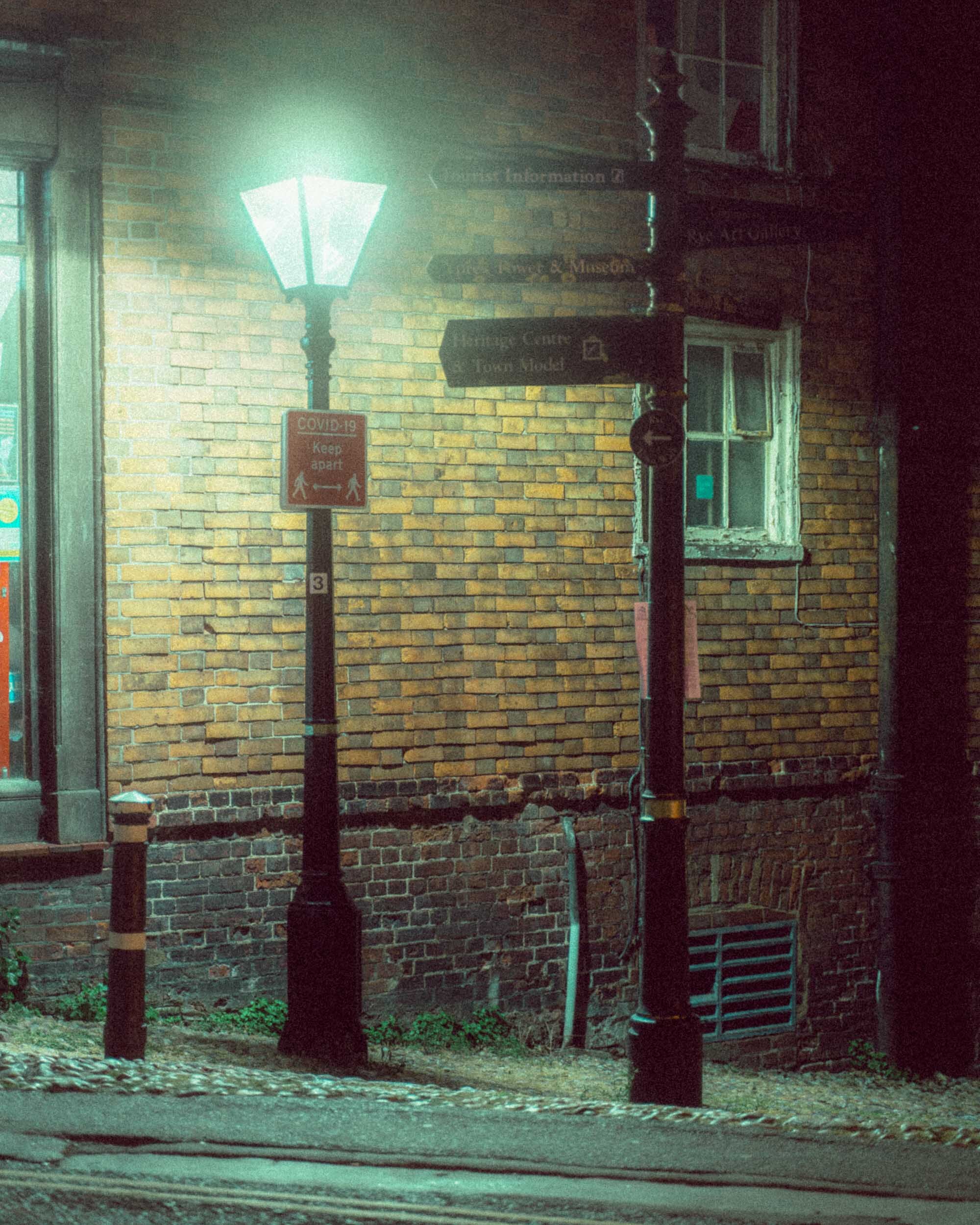
How to Use Street Lights to Improve Your Night Street Photography
‘Most of us have a best friend. However, they generally are not with us when we are out shooting night street photography. This is actually a good thing because one, they will probably distract you; and two, your current best friend is about to be replaced with a new best friend - the streetlamp.’

A New Way To Edit Your Night Street Photos in Lightroom

Lightroom Night Photography Editing Secrets - Mastering Shadows and Highlights

Story Hunting in Street Photography

How to do the Fishing Technique in Street Photography

Street Photography - The Best ISO for Any Weather

The Best Minimum Shutter Speed to Use for Street Photography
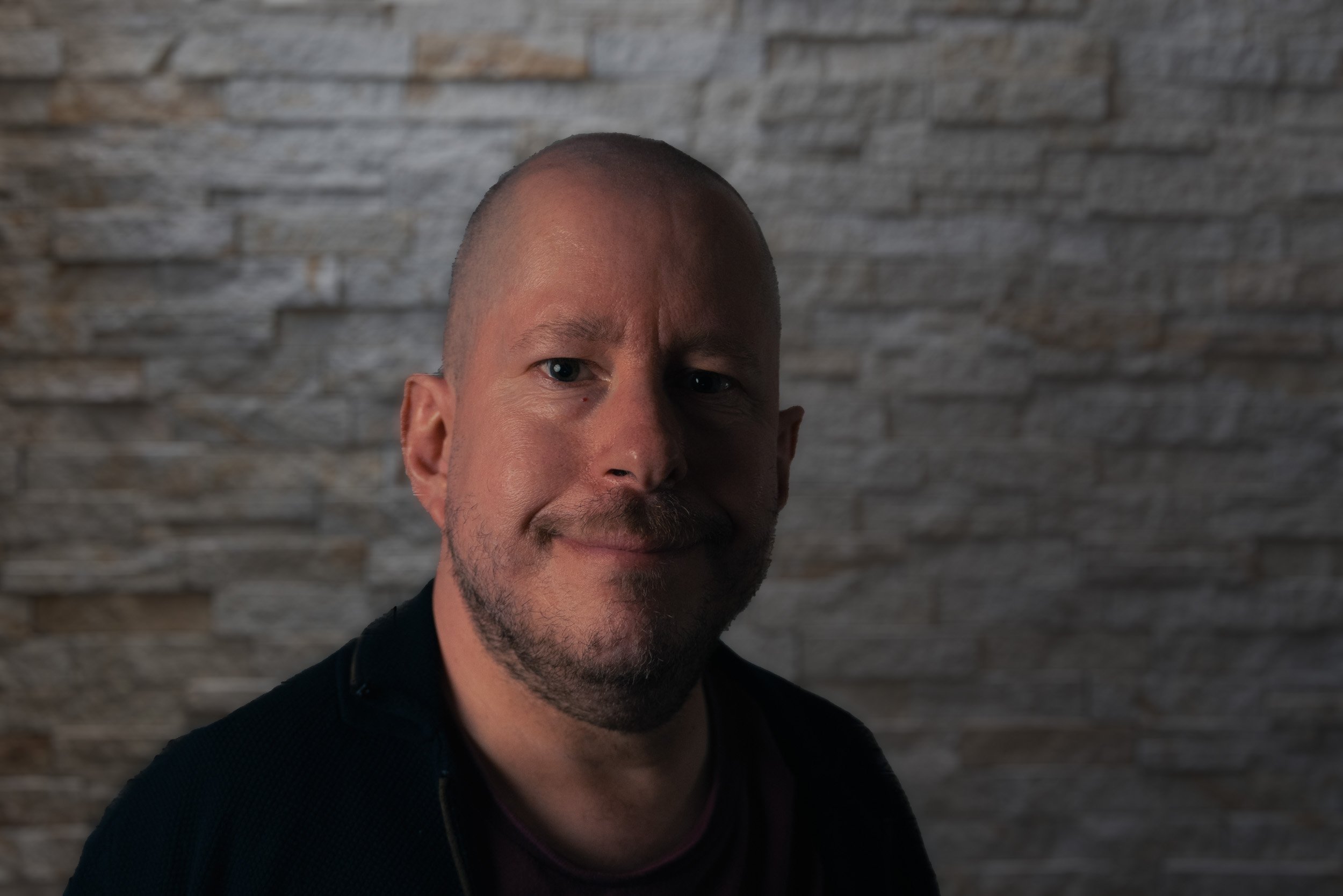
Joe Redski - Behind the Camera (or how I stopped worrying and learned to love photography as a person with a disability)
Some might say that I was born disadvantaged. Yet I had a headstart and I jumped into the realm of Earth, early.

The Definitive Guide to Manual Mode for Street Photographers
The M mode on your camera will give you complete control of all of your settings. In Manual Mode, the manual settings give you complete control of the ISO, the shutter speed, and the aperture. The brilliance of Manual Mode is that you get to have complete creative control over the look of your images.’
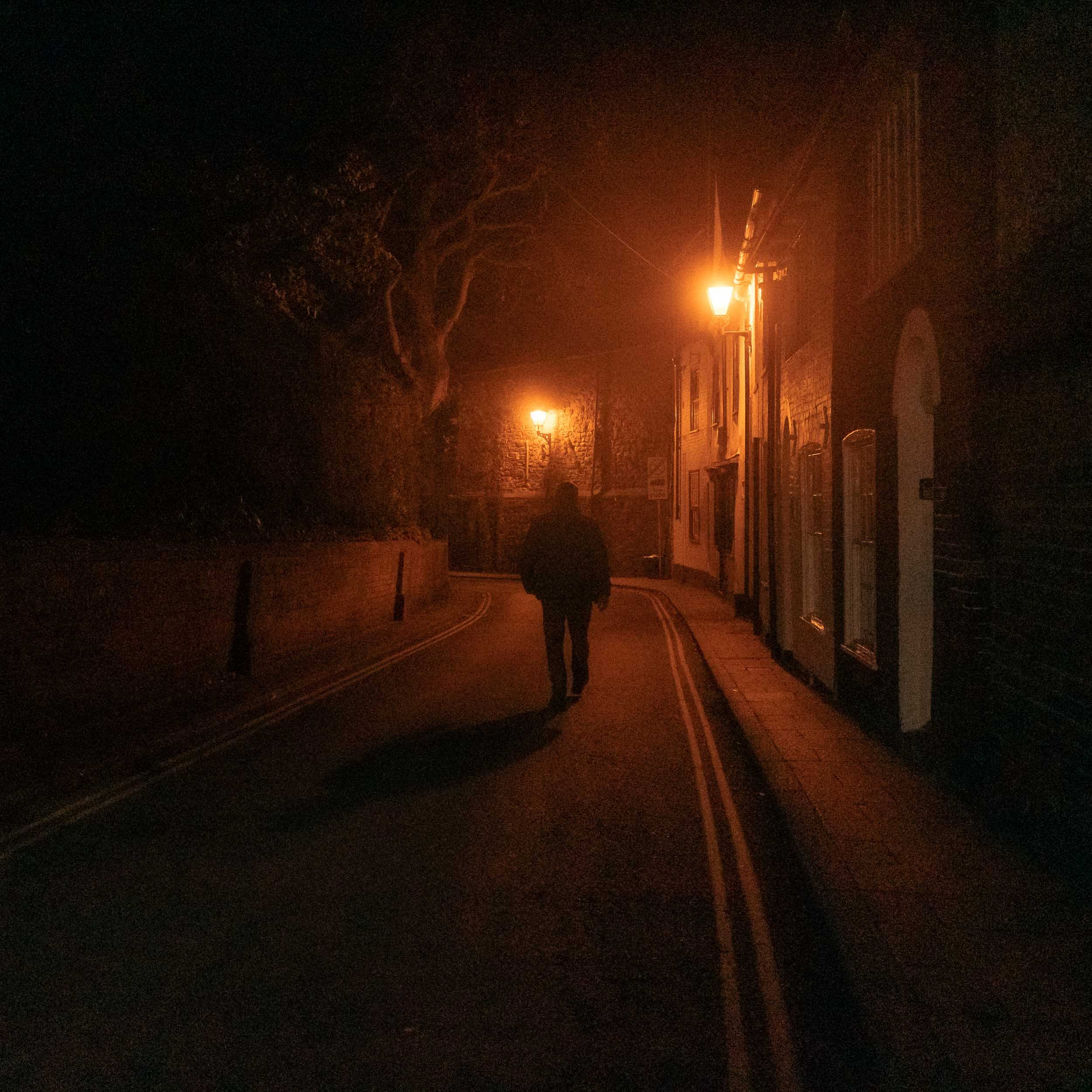
The Street Photographers Guide to Aperture Priority
‘Aperture priority for beginners - this guide will help you if you want to go out and start shooting street photography today and want to have a fair amount of creative control over your camera settings and your images.’

The Street Photographer's Guide to Exposure Compensation
‘Exposure Compensation is great when you want to reduce those highlights or reduce the brightness on that almost blown out sky, when shooting street photography. It is also great when things are looking a little too dark, even though the camera seems to think that it has a correct exposure.’
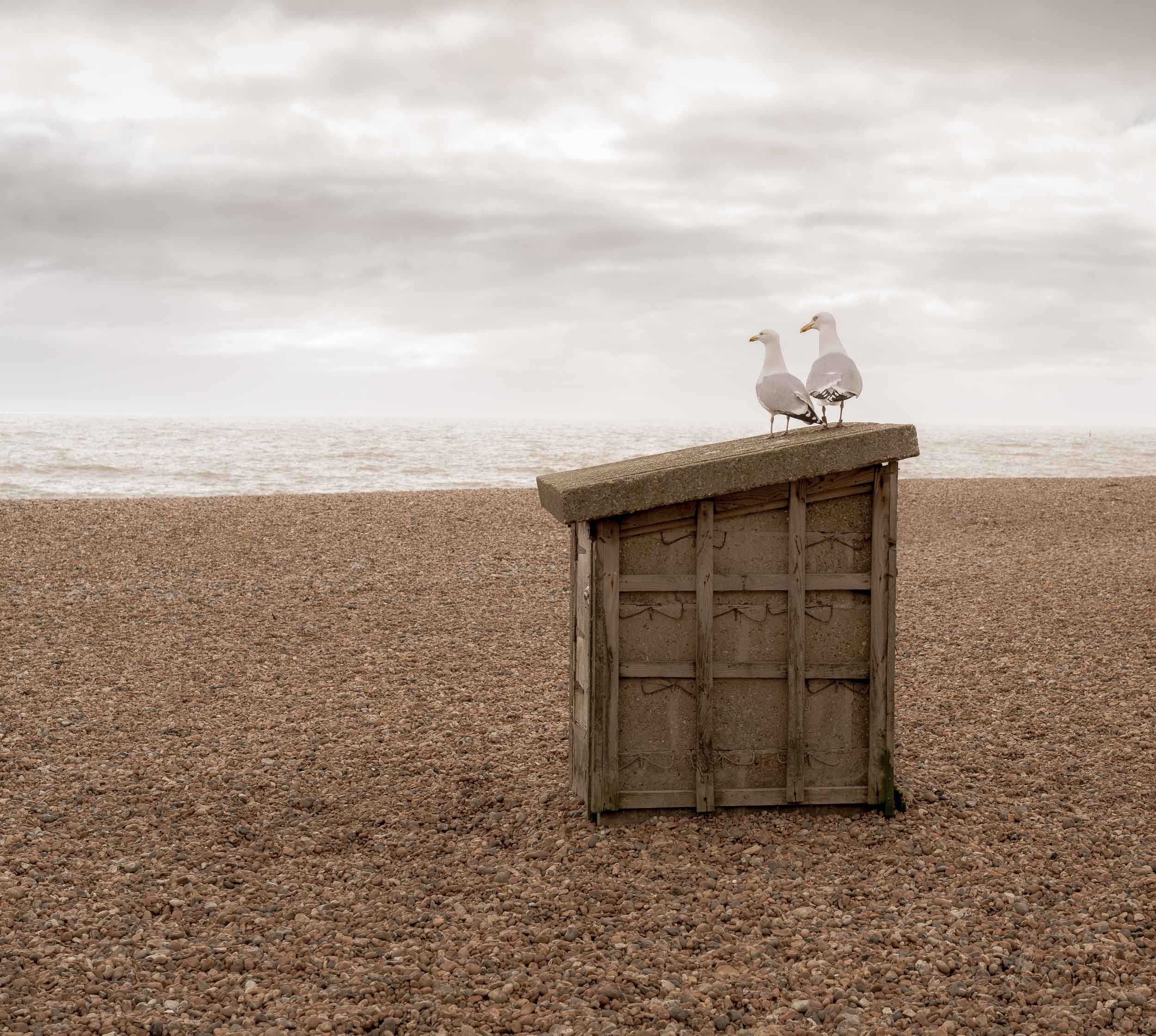
How To Choose The Best Metering Mode For Street Photography
‘When I first started on my photography journey, I watched a couple of YouTube videos on metering, then set my camera to evaluative metering, (which measures the whole scene) and never thought about metering again, up until I became a street photographer. Now all I do is think about metering! Well, that's not exactly true, but I sometimes have to adjust my metering mode depending upon the subject that I am shooting on the streets and the light conditions that they are in.’
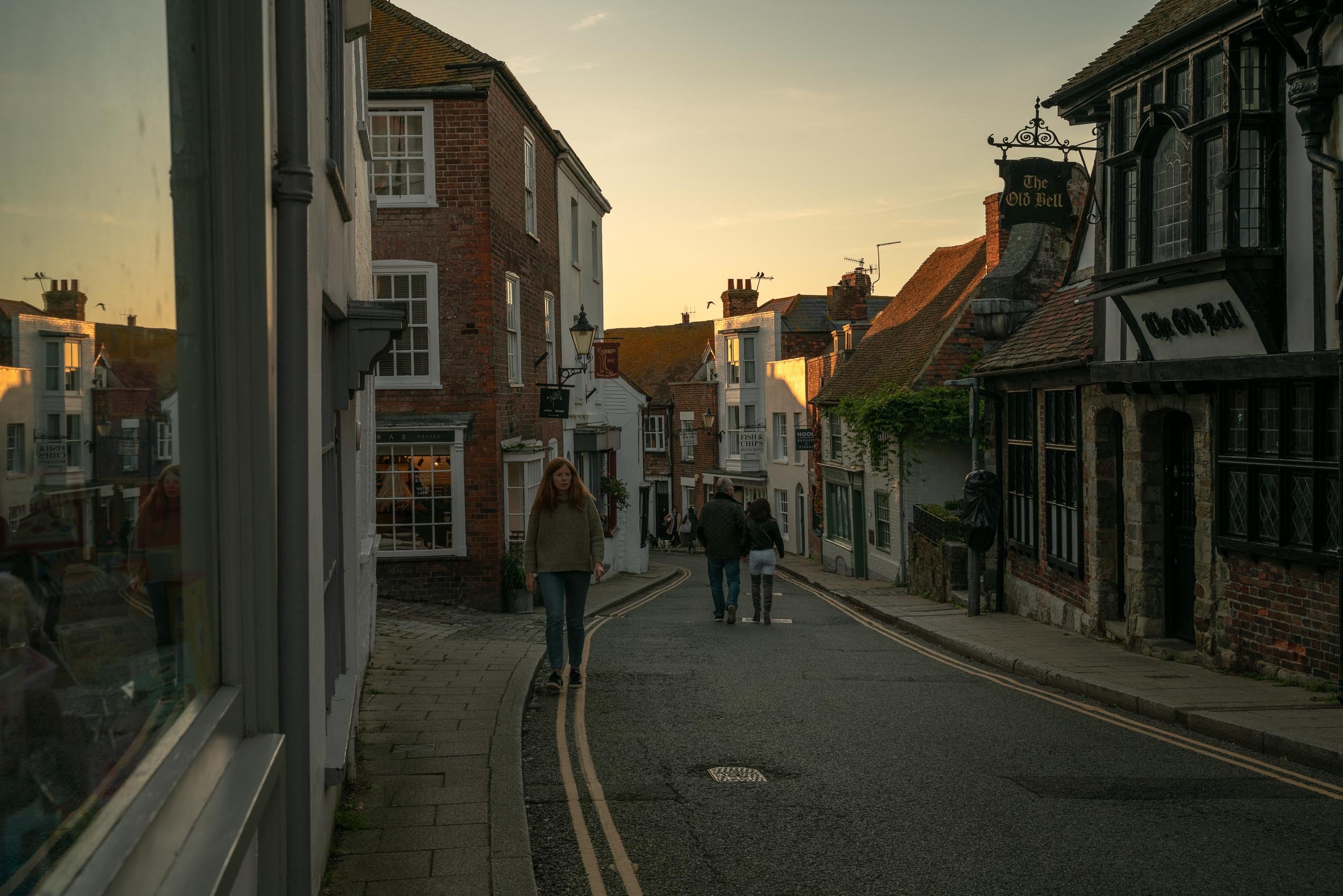
How to Use The Exposure Triangle For Street Photography
‘Ever wanted to know how the Exposure Triangle really works?
Once I understood and mastered how the Exposure Triangle worked, not only for Street Photography but for all genres of photography, I was able to make informed and creative choices when I took photos. I found that good exposure leads to less time trying to fix images in post-processing and more time out shooting and improving.’